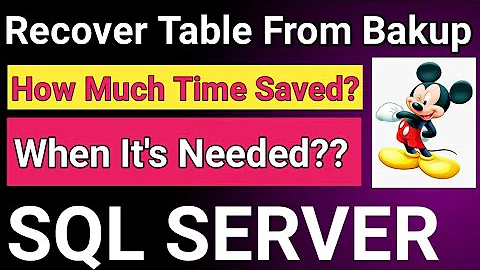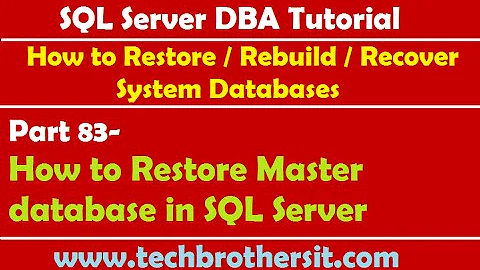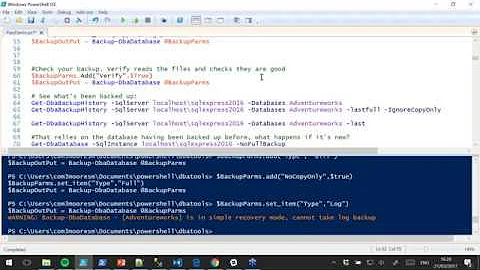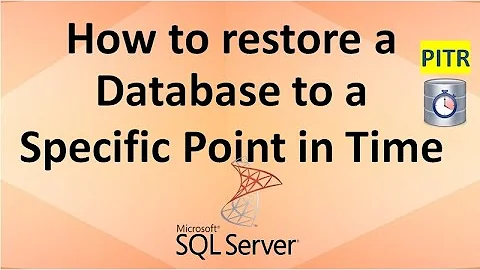How to reliably overwrite existing database using Powershell Restore-SqlDatabase cmdlet
I'm using Invoke-SqlCmd for it. Invoke-SqlCmd is part of sqlps module, which you can download from here:
Push-Location;
Import-Module sqlps -DisableNameChecking;
Pop-Location
$serverPath = "SQLSERVER:\SQL\localhost\Default"
$databaseName = "YOUR_DATABASE"
$restoreFrom = join-path (Get-Location) "$databaseName-before.bak"
$databasePath = join-path $serverPath "Databases\$databaseName"
if(Test-Path $databasePath)
{
Invoke-SqlCmd "USE [master]; ALTER DATABASE [$databaseName] SET SINGLE_USER WITH ROLLBACK IMMEDIATE; DROP DATABASE [$databaseName]"
}
Restore-SqlDatabase -Path $serverPath -Database $databaseName -BackupFile $restoreFrom
You can find more information on how to use Invoke-SqlCmd here:
Effectively Using Invoke-SqlCmd
SQL SERVER – FIX – The term ‘Invoke-Sqlcmd’ is not recognized as the name of a cmdlet
Related videos on Youtube
lahsrah
Updated on September 06, 2022Comments
-
lahsrah over 1 year
I got this cmdlet to restore a database and it works fine if there is nothing using the existing database.
Restore-SqlDatabase -ServerInstance $databaseServerInstance -Database $database -BackupFile $backupLocation -ReplaceDatabaseBut overwrite fails when the database is in use with:
System.Data.SqlClient.SqlError: Exclusive access could not be obtained because the database is in use
I couldn't figure out if there is an easy way (via an argument) to override this and kill connections or put the database in single user mode. is there such a thing? or do I have to switch to SMO to do anything more complicated than a basic restore?
I am now using a workaround of using SMO API to drop the DB first but would love to simplify this if its possible.
$srv = new-object Microsoft.SqlServer.Management.Smo.Server($databaseServerInstance) # If the database exists then drop it otherwise Restore-SqlDatabase may fail if connections are open to it if ($srv.Databases[$database] -ne $null) { $srv.KillAllProcesses($database) $srv.KillDatabase($database) } Restore-SqlDatabase -ServerInstance $databaseServerInstance -Database $database -BackupFile $backupLocation -ReplaceDatabase -
lahsrah about 9 yearsI was looking for a Powershell solution involving no SQL scripts. I already have one that works but it needs dropping of DB - see in my question above. But I thought just the "Restore-SqlDatabase" cmdlet will work with some flags I don't about.






